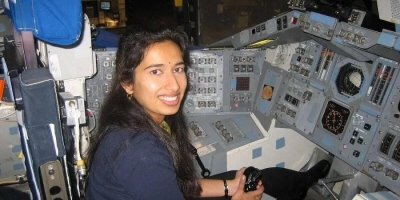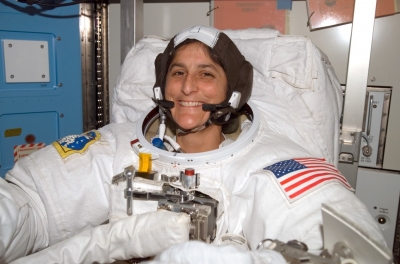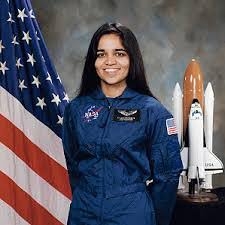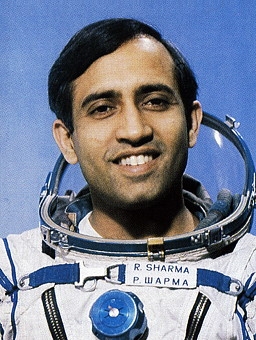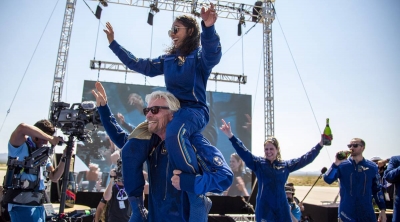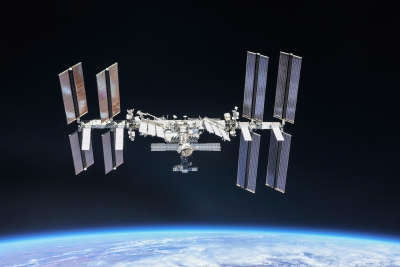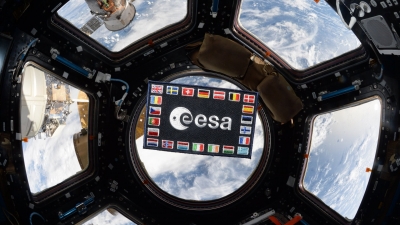
The James Webb Space Telescope was conceived as the successor to the Hubble Space Telescope more than 30 years ago. With special instruments such as the giant hexagonal mirror, this powerful observatory will explore the early phases of cosmic history, looking back in time to only a few hundred million years after the Big Bang.
What is the project all about?
Astronomers began debating the telescope that should succeed Hubble Space Telescope that was launched into low Earth orbit in 1990 and remains in operation.
James Webb Telescope's construction began in 2004. But the launch had been pushed back several times, initially pencilled for 2007, then 2018.mainly because of the complexities associated with development The observatory is the result of an immense international collaboration, and integrates Canadian and European instruments. More than 10.000 people worked on the project with the budget eventually snowballing to around $10 billion. The mission is set to last for five to 10 years.
What are its missions?
Webb has two primary scientific missions, which together will account for more than 50% of its observation time.
- First, explore the early phases of cosmic history, looking back in time to only a few hundred million years after the Big Bang. Astronomers want to see how the very first stars and galaxies formed, and how they evolve over time.
- Its second major goal is the discovery of exoplanets, meaning planets outside the solar system. It will also investigate the potential for life on those worlds by studying their atmospheres.
What are the unique features of the telescope?
The telescope's centrepiece is its enormous primary mirror, a concave structure 21.5 feet wide and made up of 18 smaller hexagonal mirrors. They're made from beryllium coated with gold, optimised for reflecting infrared light from the far reaches of the universe.
The observatory also has four scientific instruments, which together fulfil two main purposes: imaging cosmic objects, and spectroscopy - breaking down light into separate wavelengths to study the physical and chemical properties of cosmic matter. The mirror and instruments are protected by a five-layer sunshield, which is shaped like a kite. Sunshield has been designed to unfurl to the size of a tennis court.
Its membranes are composed of kapton, a material known for its high heat resistance and stability under a wide temperature range both vital, since the Sun-facing side of the shield will get as hot as 230 degrees F, while the other side will reach lows of -394 degrees F. The telescope also has a "spacecraft bus" containing its subsystems for electrical power, propulsion, communications, orientation, heating and data handling; all told, Webb weighs around as much as a school bus.
Why is the telescope transported in a folded position?
Because the telescope is too large to fit into a rocket's nose cone in its operational configuration, it has to be transported folded, origami style. Unfurling is a complex and challenging task, the most daunting deployment NASA has ever attempted.
The unfurling of the sunshield, hitherto folded like an accordion, begins on the sixth day, well after having passed the Moon. Its thin membranes will be guided by a complex mechanism involving 400 pulleys and 1,312 feet of cable.
During the second it will be the turn of the mirror to open. Once in its final configuration, the instruments will need to cool and be calibrated, and the mirrors precisely adjusted.
After six months the telescope will be ready to go.
How does it work?
The telescope will be placed in orbit about a million miles from Earth, roughly four times the distance of our planet from the Moon. Unlike Hubble, the current premier space telescope that revolves around the planet Webb will orbit the Sun.
It will remain directly behind Earth, from the point of view of the Sun, allowing it to remain on our planet's night side. Webb's sunshield will always be between the mirror and Sun.
While astronauts have been sent to repair Hubble, no humans have ever travelled as far as Webb's planned orbit.
What makes the telescope different from Hubble?
The great promise of Webb lies in its infrared capacity.
Unlike the ultraviolet and visible light Hubble mostly operates in the longer wavelengths of infrared penetrate dust more easily, allowing the early universe shrouded in clouds to come more clearly into view.
Infrared also lets scientists go further back in time because of a phenomenon called redshifting. Light from objects farther away is stretched as the universe expands, towards the infrared end of the spectrum.
Picture Credit : Google

